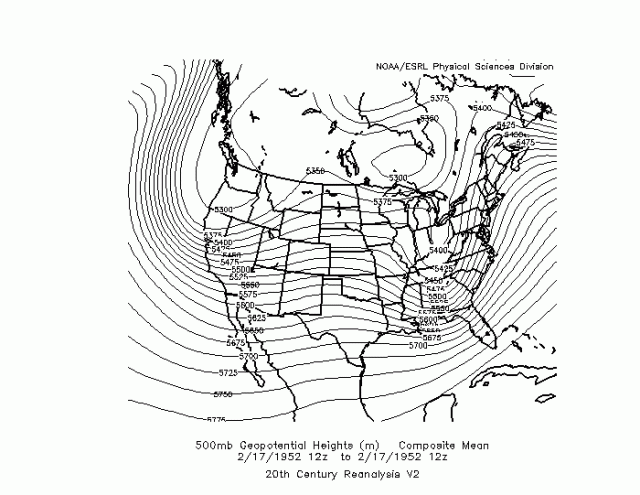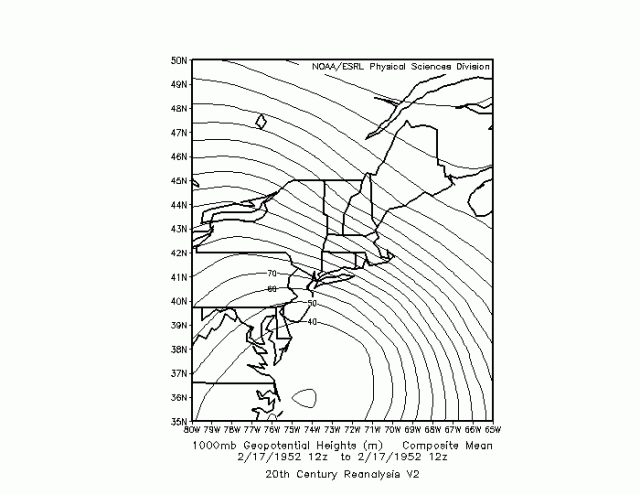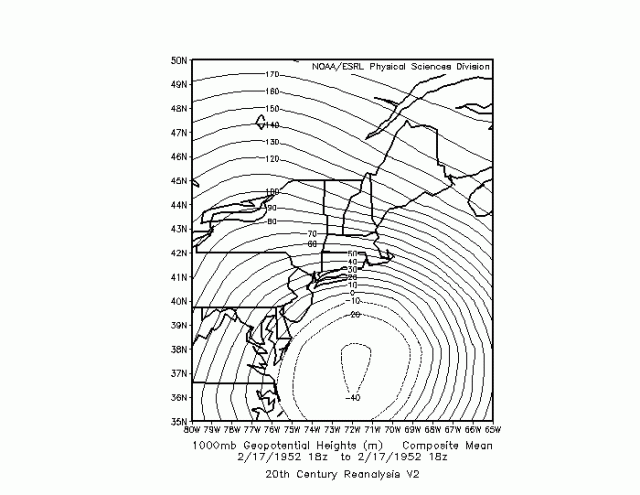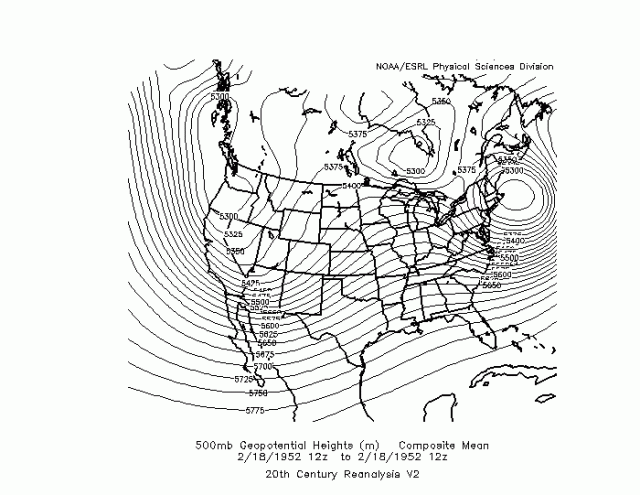The Finest Hours 9 years ago
January 2016
The El Niño of 1951-52 was a weak one and there was little snow until later in the winter. The Movie, The Finest Hours is about two ships that sunk off Chatham Massachusetts, the Pendleton and the Fort Mercer.
The sinkings were on February 17, 1952. It seems like February 17 is a time when a lot of major storms occur. It also happens to be my mom's birthday. At the time, my dad had not met my mom, but it was a very memorable day for my dad.
My Dad had left Providence, RI that Sunday afternoon with light rain falling on his way back to Fort Drum, New York. Winter war games that year were held with no snow on the ground, as there was so little snow. On the way back, picking up his buddies, the rain was changing to snow, By the time he was to Pittsfield, Dad had 3 of his buddies in the car. It was a blinding snowstorm now and there was a car parked in the lane they were driving in. They came to a curve. There was no way to stop or avoid it, as the visibility was so low you couldn't see it until it was too late. They plowed head first into it and obviously they were all lucky to be alive (and of course I am lucky, too). My dad said that after the collision his nose was an inch from the windshield and the St. Christopher Medal that his uncle had given him.
Looking at the weather map, we can see why this was such a monster snowstorm. The reanalysis indicates that a fierce storm occurred along the East Coast. At 500 mb, the open trough was lifting but intensifying as it did so. By 12z February 17, the 500 mb pattern looked like this:

The regional surface map:

The reanalysis is never going to capture the intensity of a storm that is likely to have had rogue characteristics (a warm core center within the entire colder system). At 18z, the 500 mb pattern was like this:
.gif)
Surface map:

00z February 18 at 500 mb:
.gif)
Surface map:
.gif)
By 12z February 18, the 500 mb pattern looked like this.

You can imagine how fierce this storm must have been. Like the Perfect Storm, another movie has been made about a weather-driven event.
As much as we have people today that want to think that the explosive deepening they observe is a sign of climate change, there are plenty of storms like this in the history books. Not all of them sunk ships or had movies made about them, but the same kind of things were going on.
A big thank you goes out to subscriber Jim Arnold for this, because when I saw the dates and looked at his suggestion that maybe something like this was happening this year with the pattern, I remembered my dad's stories about the winter of 1951-52.
That year was also an El Niño winter. In fact a lot of the parallels to the summer of 1952-54 showed up in 2010-12, behind that El Niño. We shall see what this summer brings!